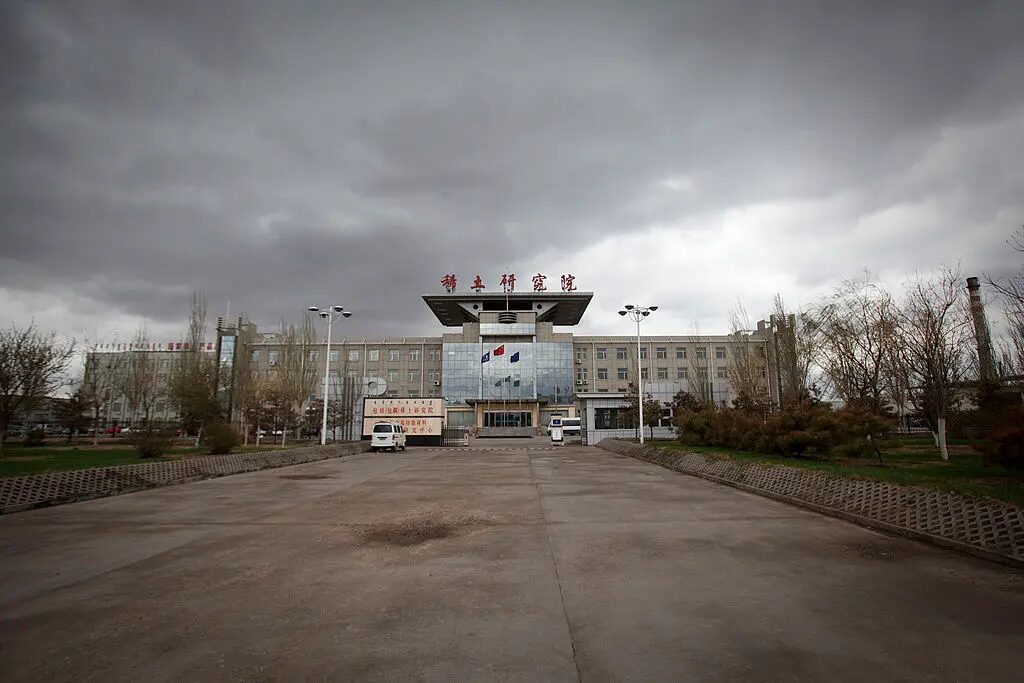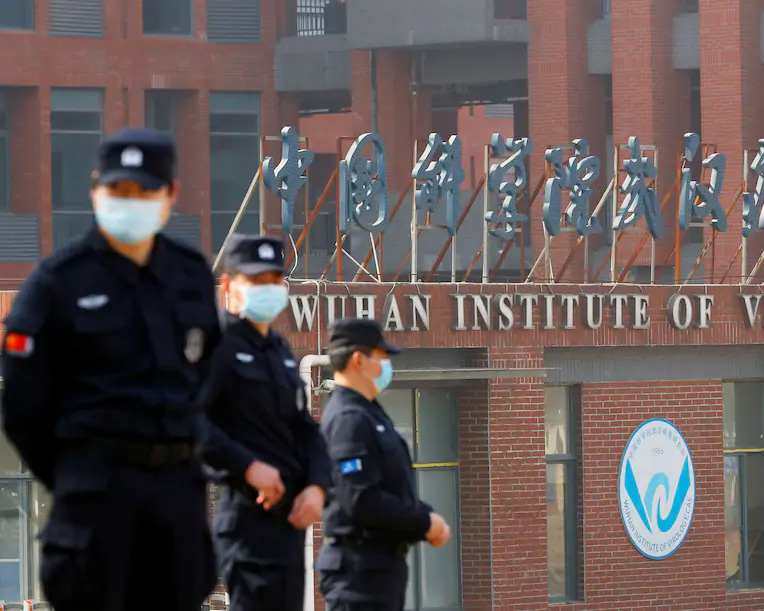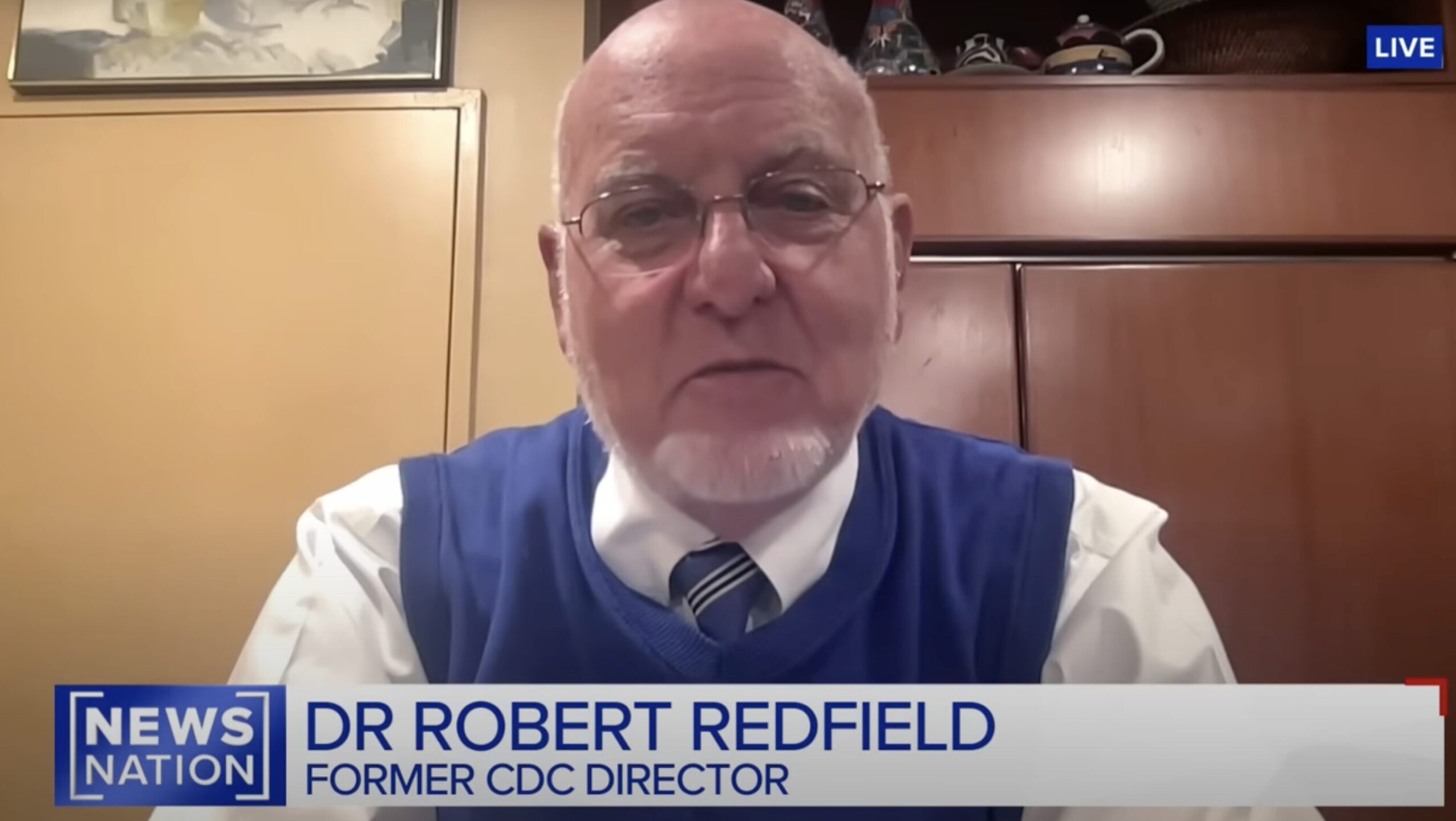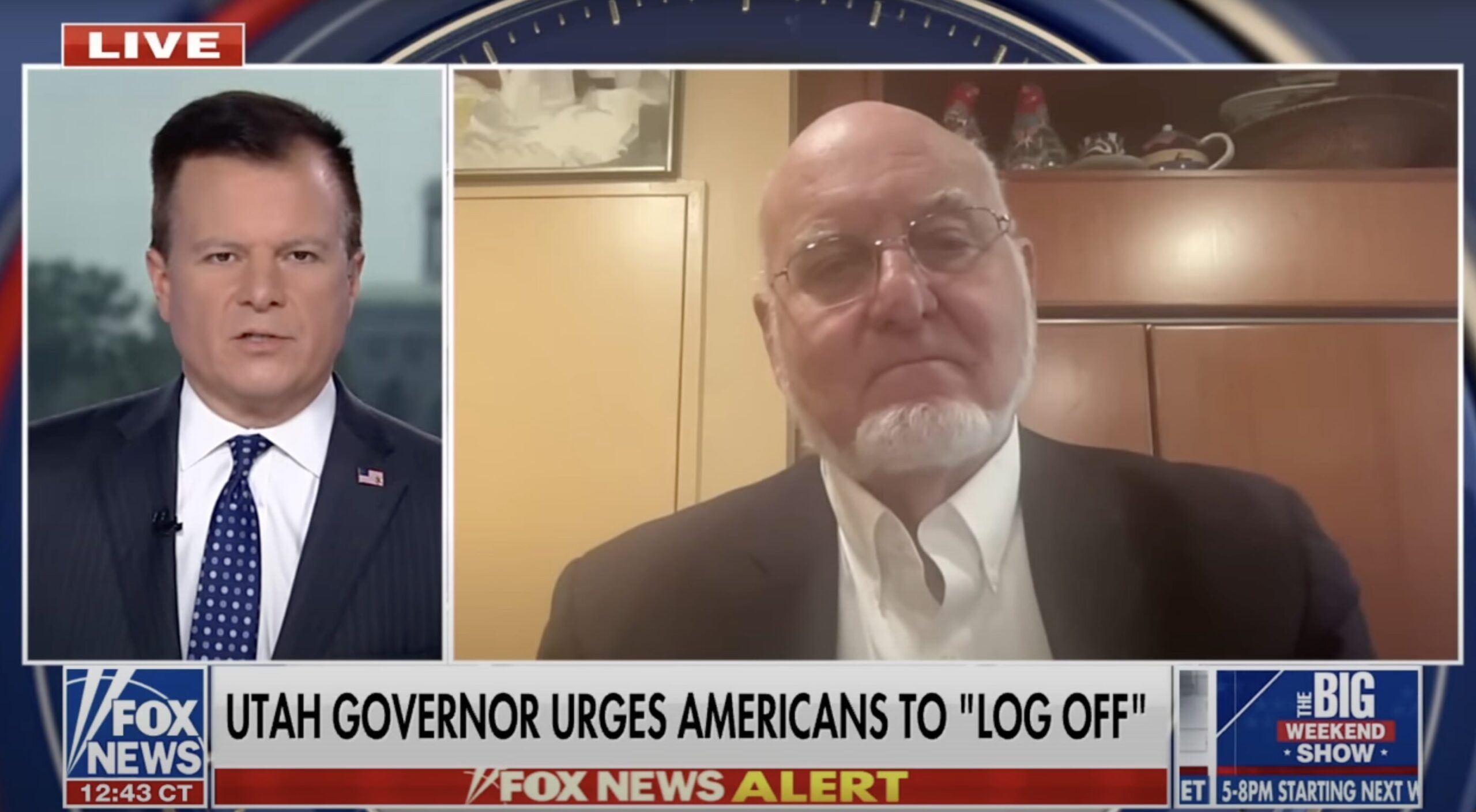Before Redfield, the director of the Centers for Disease Control and Prevention during the coronavirus outbreak, endorsed it, the mere discussion of the still-unproven theory that the covid-19 outbreak might have been connected to human error at a research laboratory in the Chinese city of Wuhan was considered taboo. The issue of the virus’s origin has been horrendously politicized, by both the right and the left. The Chinese government and U.S. scientists who are close associates of the Wuhan scientists doing bat coronavirus research have tarred anyone who uttered it as conspiracy theorists, or worse (in their eyes), as pro-Trump.
And although it’s true the Trump administration contributed to this politicization, it’s also true that the Biden administration has confirmed some of the Trump team’s factual claims about suspicious and still-undisclosed work at the Wuhan Institute of Virology, which amounts to a direct challenge to the lab’s claim that it has been transparent and honest.
Then, on Tuesday, World Health Organization Director-General Tedros Adhanom Ghebreyesus rebuked
the findings of the WHO’s
own joint study with Chinese scientists into the origins and explicitly called for more investigation into the lab-accident theory. The United States and 13 other countries also
issued a joint statement calling for a “transparent and independent analysis and evaluation, free from interference and undue influence.”
Richard H. Ebright, a Rutgers University microbiologist and biosafety expert, told me we must begin a difficult, uncomfortable conversation about this investigation’s scope and the vast implications if the theory is true. He said the entire genre of research Redfield was referring to, known as gain-of-function research (in which viruses are captured from the wild and developed in lab settings to make them more dangerous), needs to be thoroughly reexamined.
“The very fact that it could have been of laboratory origin, even if that cannot be substantiated, means we need to understand that there is risk in this research that may have triggered the current pandemic and surely could trigger a future pandemic,” he said.
This work must begin even before the investigation into the pandemic’s origins is complete, Ebright argued, for a simple reason. The world’s current plan to respond to the pandemic entails a huge expansion of precisely this type of research. The $200 million program meant to “predict” virus outbreaks is set to grow into a $1.2 billion Global Virome Project, which has
the stated goal of
discovering 500,000 new viruses capable of transmission to people.
“The plan is, having failed to predict and preempt and having possibly triggered the current pandemic, to increase the scale six times,” Ebright said.
Even before the pandemic, many scientists argued that hunting viruses in the wild has marginal scientific value, and that the money spent on prediction would be better used for monitoring and screening in the places outbreaks are likely. But most scientists involved in virus research are beholden to the current system and therefore silent or defensive, Ebright said.
Flinders University medical professor Nikolai Petrovsky, one of more than two dozen scientists, including Ebright,
who signed an open letter calling for a full and independent investigation into covid-19’s origins, told me the Chinese government now realizes it can’t prevent a real investigation into the Wuhan labs and therefore is calling for all such labs worldwide to be investigated. And that, he says, is actually a great idea.
“I agree this is entirely appropriate, although clearly most of the immediate focus would need to be on the Wuhan labs, given their geography and the work they were doing,” he said.
If Redfield is right, that would mean China bears some accountability for the outbreak, which will greatly complicate already tense relations. If Redfield is right, that would also mean the U.S. government had a big role in supporting the research that resulted in the pandemic outbreak. If Redfield is right, the current response plan could greatly increase, not reduce, the risk of another pandemic.
These are all very unpleasant facts. But facts are stubborn things. And we have no choice but to pursue all possible theories and accept whatever truth the facts lead to. This must be done in a nonpolitical way, to show Beijing and the world that we still have the ability to place public health and truth above the narratives to which we have become beholden.







